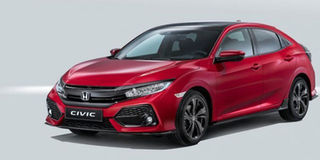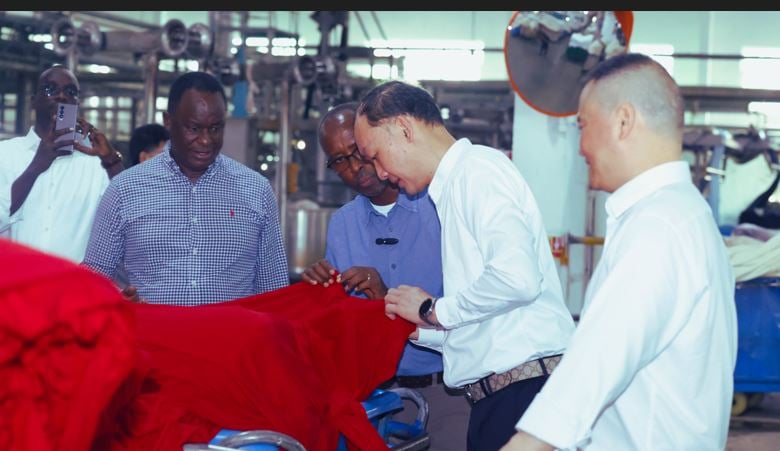Rising vehicle prices push up transport inflation

Sedan
What you need to know:
- Rains bring down inflation: Inflation, according to Ubos, decreased in the month of May due to sufficient rains that allowed good harvests from across the country.
- However, the rains have also left a lot of infrastructural damage in the last few months.
Kampala. The increase in the price of cars on the Ugandan market forced growth in transport inflation, according to Uganda Bureau of Statistics (Ubos).
Data released last week, shows that the aggregate prices of cars rose to 9.4 per cent in May compared to 7.1 per cent in April.
Mr Chris Mukiza, the Ubos director macro-economic statistics, said the growth in price of cars had contributed to an increase in transport inflation despite recording a fall in fuel inflation.
“Rise in transport inflation was largely driven by high purchasing costs of vehicles both new and second hand which rose to 9.4 per cent in May compared to 7.1 per cent in April,” he said.
This, although Mr Mukiza did not clarify, could have been a result of strong dollar against the shilling, which has experienced a volatile stance since the start of the year.
The shilling has since the beginning of the year, lost about Shs130 closing May at about Shs3,750.
The local unit yesterday closed at Shs3,780 threatening to break the Shs3,800 resistance levels.
On average, Uganda imports more than 4,000 cars, according to data from Uganda Revenue Authority.
Annual energy, fuels and utilities inflation declined to 10.3 per cent for the year ending May 2018 compared to 10.4 per cent recorded in April.
The drop impacted on the inflation outlook, which dropped to 1.7 per cent in the period ending May from 1.9 per cent in April.
According to Ubos, Arua District registered the highest annual inflation of 3.9 per cent for May while Masaka District registered the lowest at 0.2 per cent.
Annual headline inflation for the year ended May fell to 1.7 per cent compared to 1.8 per cent in April.




